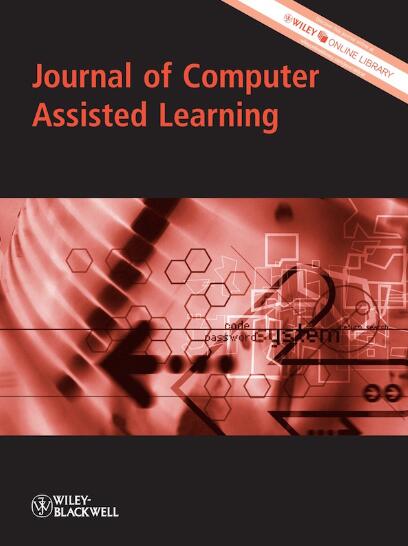Exploring the Influence of Various Digital Game-Based Learning Platforms on Critical Thinking
Abstract
Background
Current education increasingly emphasises the development and significance of Critical Thinking (CT), aiming to enhance individuals' adaptability in a rapidly evolving society. However, few effective teaching methods have been identified for integrating CT into existing on-site courses. While previous studies have focused on the advantages of Digital Game-Based Learning (DGBL) in CT education, there remains a lack of in-depth evaluation and comparative analysis of the different platforms employed—such as Virtual Reality (VR) and Personal Computer (PC) environments.
Objectives
This study aims to examine the differences in CT efficacy across various DGBL platforms, as well as to analyse the effects of incorporating seven CT teaching steps into digital games on the development of CT skills among elementary students.
Methods
The study employs a custom-made digital game with two versions (VR and PC) integrated with the seven CT teaching steps. It is designed as a quasi-experiment involving 40 participants, equally divided into a VR group (N = 20) and a PC group (N = 20). Students' CT abilities are evaluated before and after the teaching activities. Additionally, interviews are conducted to further explore students' experiences and perceptions of the two teaching platforms, with a particular focus on how these platforms facilitate the development of their CT skills.
Results and Conclusions
The results indicate that participants in the VR group engaged in DGBL demonstrate significant enhancements in CT abilities, particularly within the category of ‘Interpretation’. This observation suggests that the operational framework of the VR platform fosters a comprehensive observational capacity among students. Moreover, the evidence substantiates that different digital game platforms exert varying influences on the development of CT, thereby illustrating the potential of VR as a particularly effective tool for promoting CT in educational contexts.


 求助内容:
求助内容: 应助结果提醒方式:
应助结果提醒方式:


